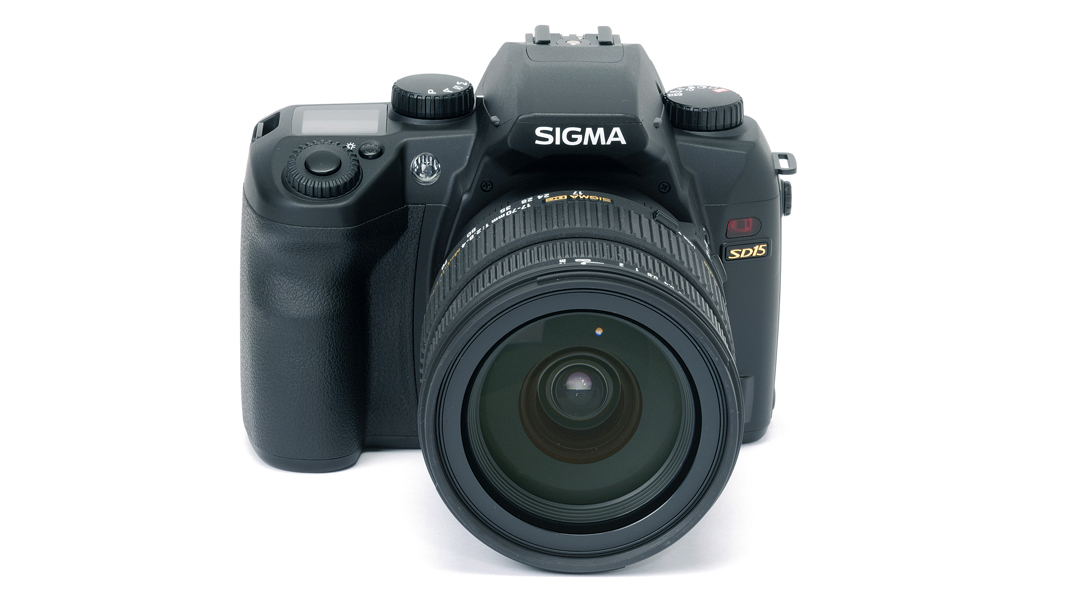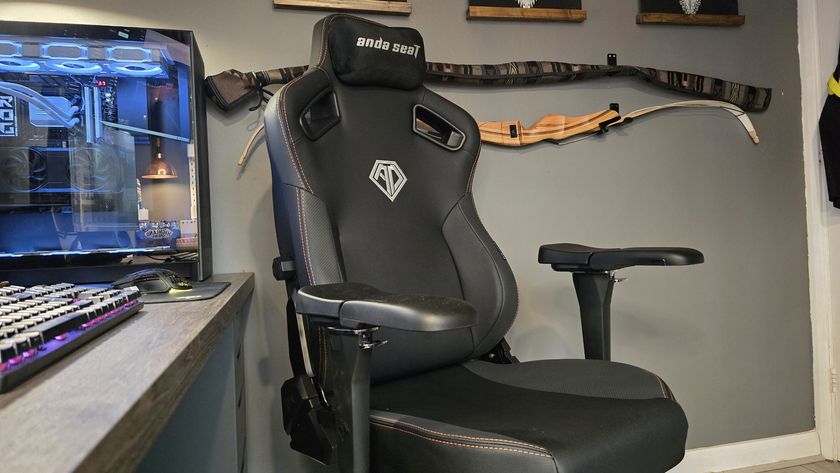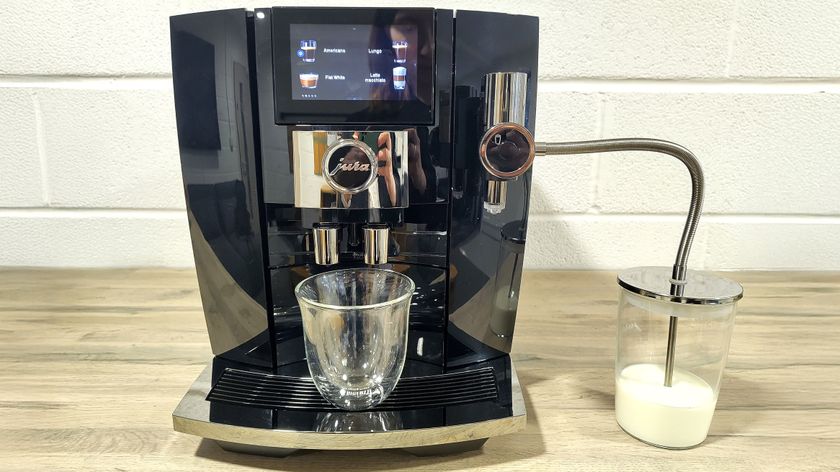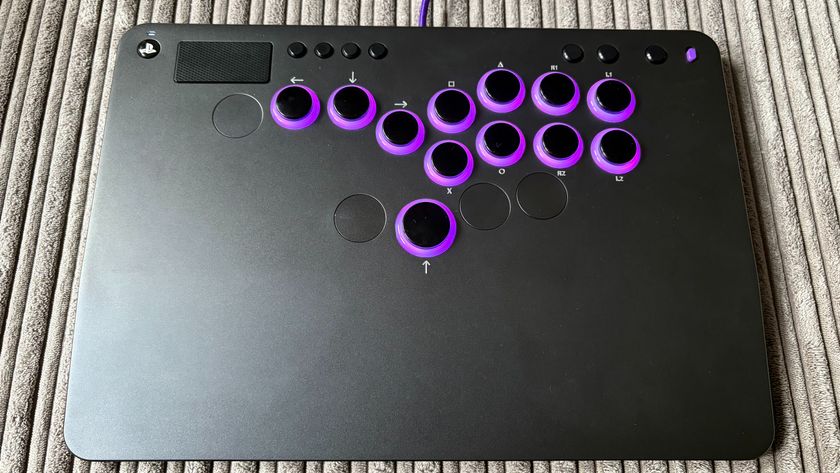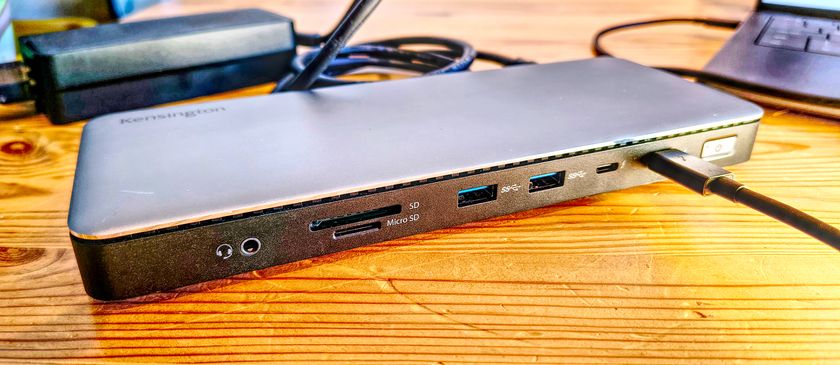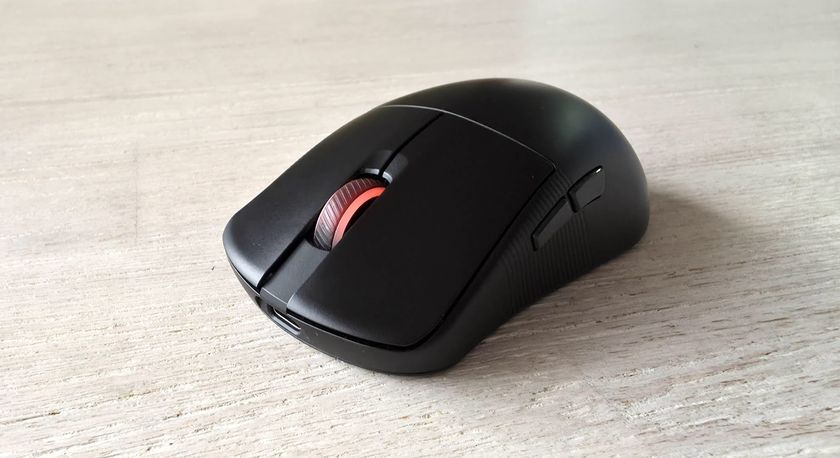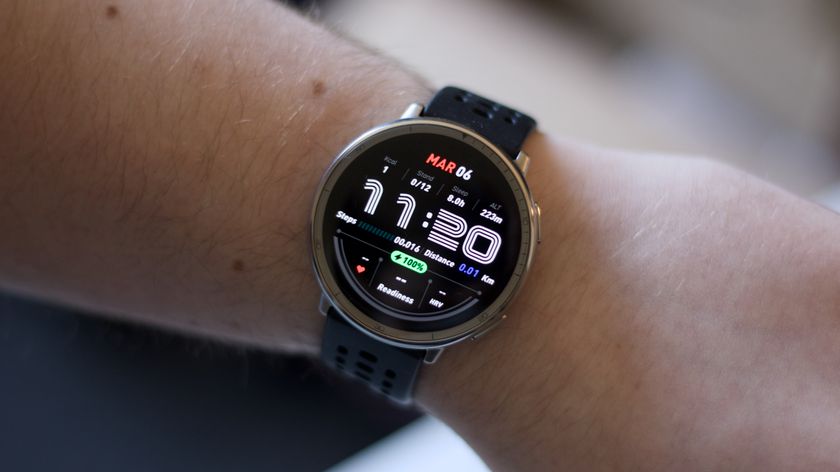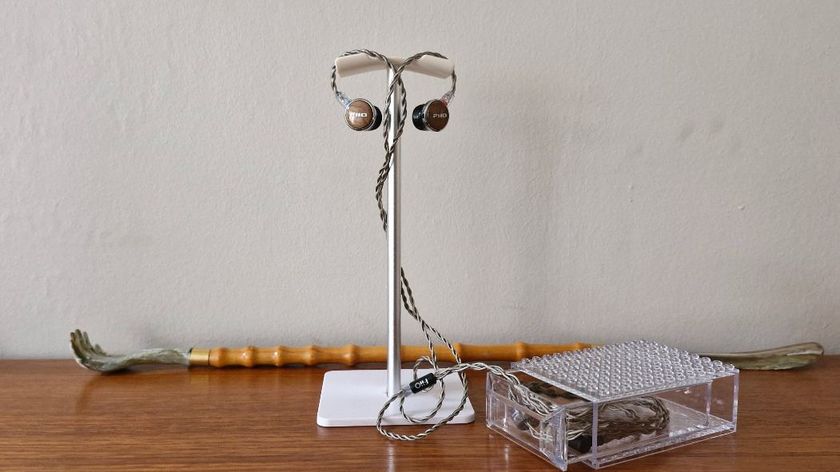TechRadar Verdict
Pros
- +
Great sensor
- +
Back to basics approach
Cons
- -
Muddled design
- -
Keen price
Why you can trust TechRadar
Sigma's best known for its lenses, but it also produces two very interesting cameras. One is the DP1s/DP2s compact (same camera, different lenses) and the other is the SD series of D-SLRs.
First came the 3Mp SD9 in 2002, which was followed by an improved SD10 in 2003, and then by the 4.7Mp SD14 in 2007. The SD15 is a development of the SD14, but at its heart is the same Foveon X3 sensor.
But while other makers bring out new sensors every couple of years, Sigma's Foveon X3 technology moves more slowly. As a result, the SD15 is more of a redesign than a new camera, despite the fact that it's been three years since the SD14 hit the market.
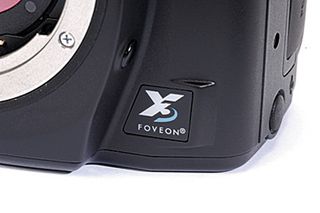
The Foveon X3's low pixel count sounds unimpressive these days, but the figures are misleading. Because of the way the images are created, and the high levels of sharpness they display, the SD15 is a pretty good match for any other APS-C D-SLR. But even if it is as good as any other SLR, why buy the SD15?
First, the extreme sharpness of the images gives them a visual quality you don't get with other cameras, even if the resolution is lower. Second, 4.7Mp files take up a lot less space than 12-14Mp images. Third, the SD15 uses a traditional design that offers refreshing simplicity, and if you already know your way around a camera, it's nice not to have to negotiate layers of gadgets and automation to get to key controls.
The SD15 is only a modest upgrade from the SD14, but it now uses SD/SDHC memory cards and has a 100,000-cycle shutter mechanism and a good-quality 460,000-dot LCD display. And like other Sigma cameras, it comes with Sigma's Photo Pro RAW conversion software.
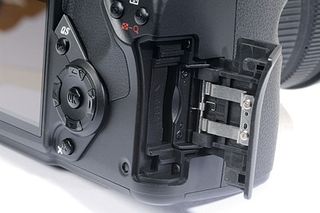
You can open and convert its files with Adobe Camera Raw, but the Sigma software is better-tuned to the camera's own colour modes, and gives rather better performance at high ISOs.

Rod is an independent photographer and photography journalist with more than 30 years' experience. He's previously worked as Head of Testing for Future’s photography magazines, including Digital Camera, N-Photo, PhotoPlus, Professional Photography, Photography Week and Practical Photoshop, and as Reviews Editor on Digital Camera World.
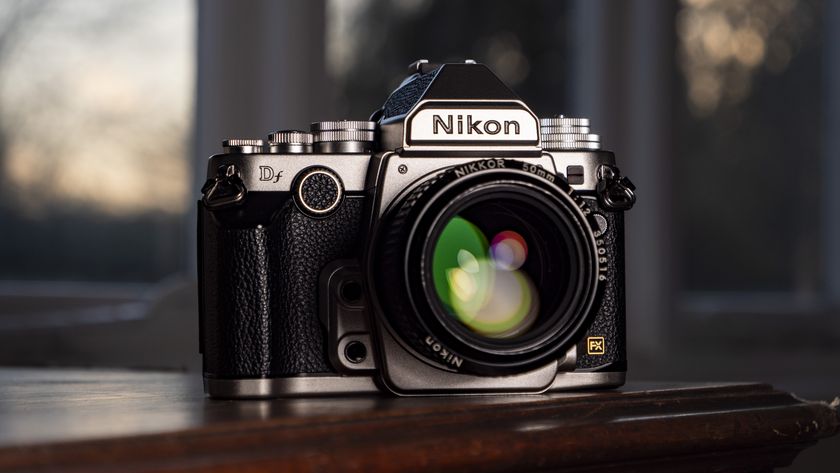
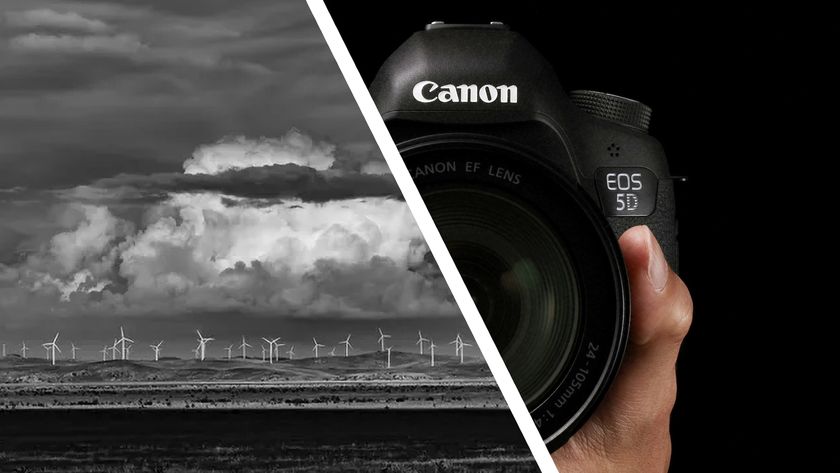
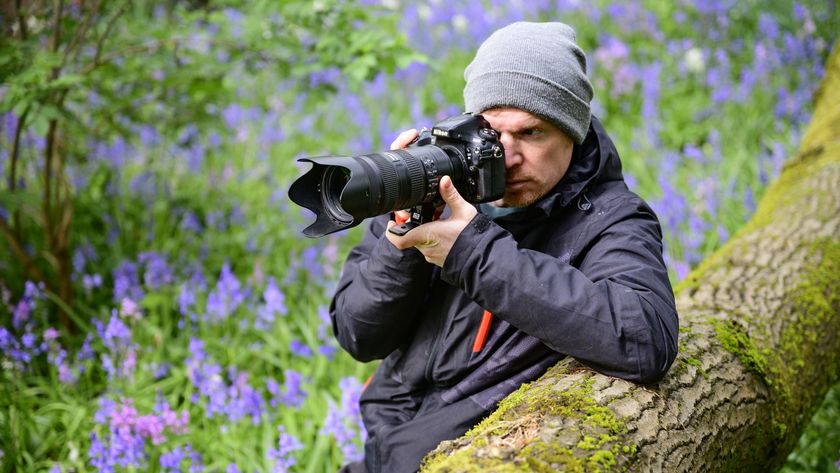

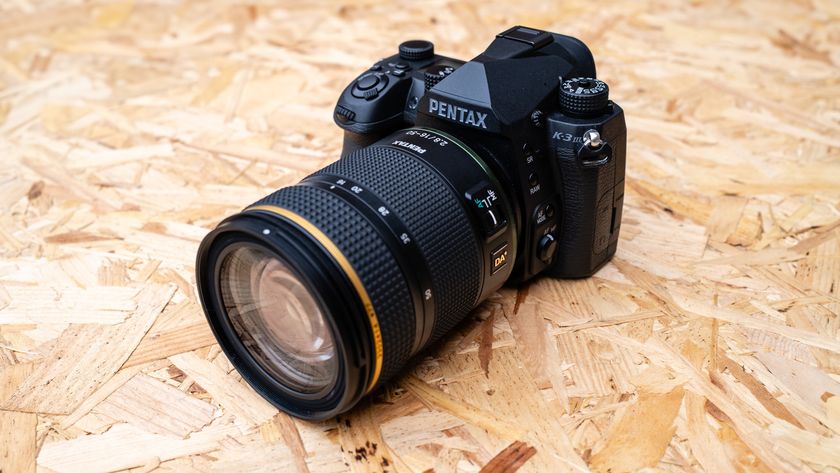
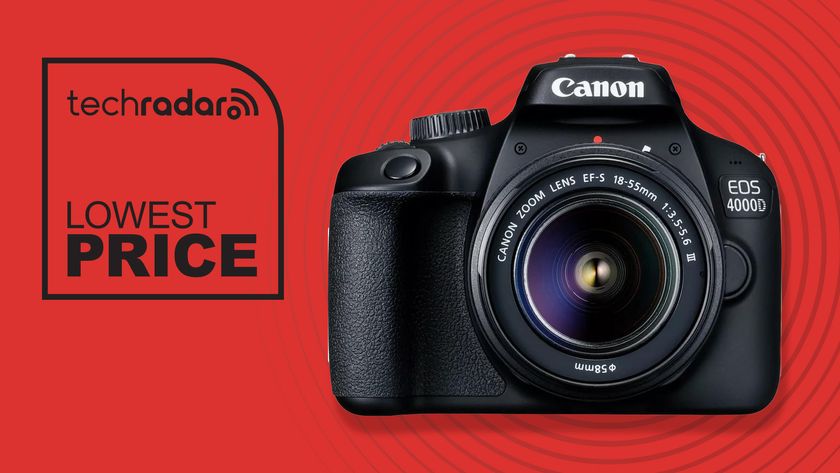
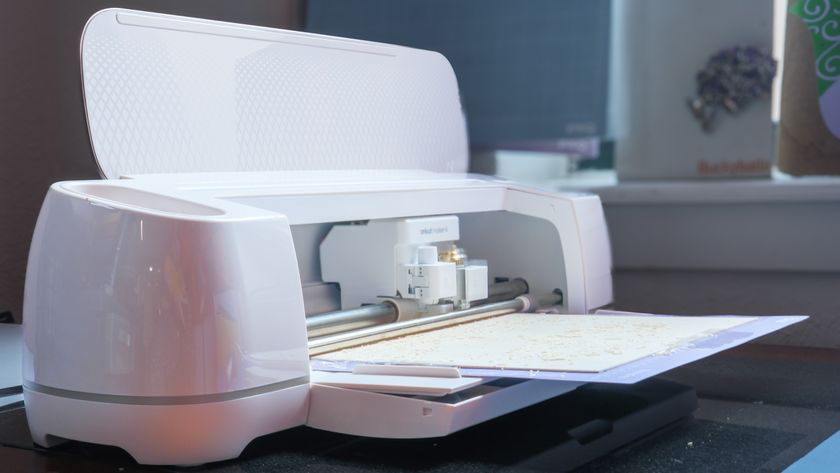
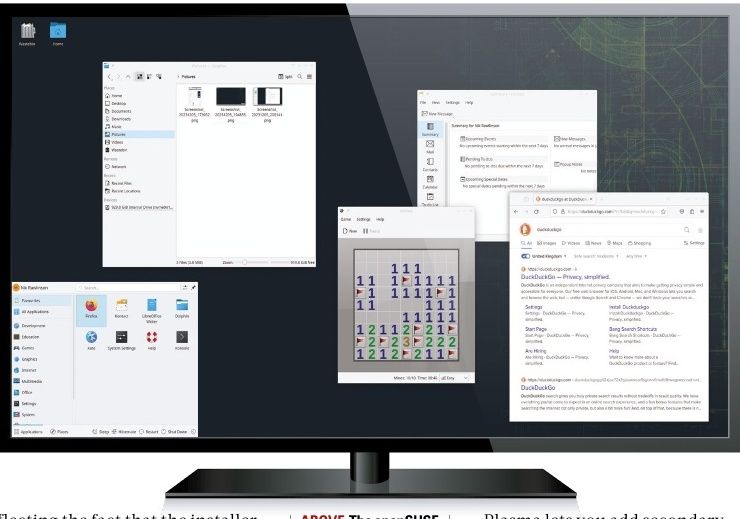
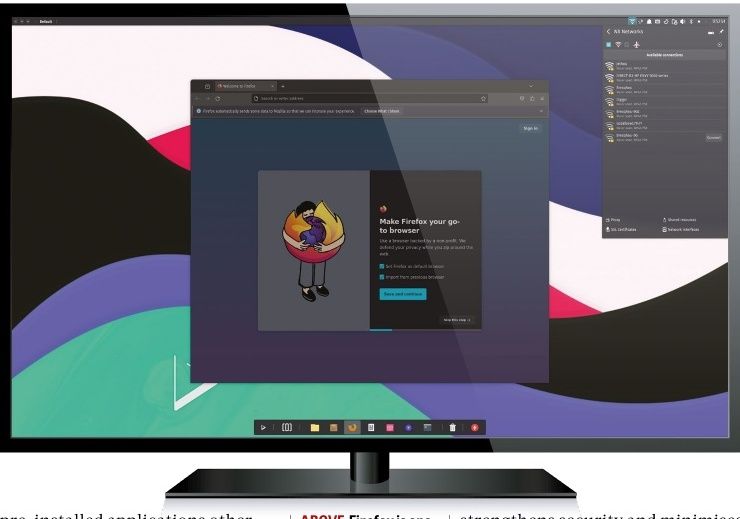
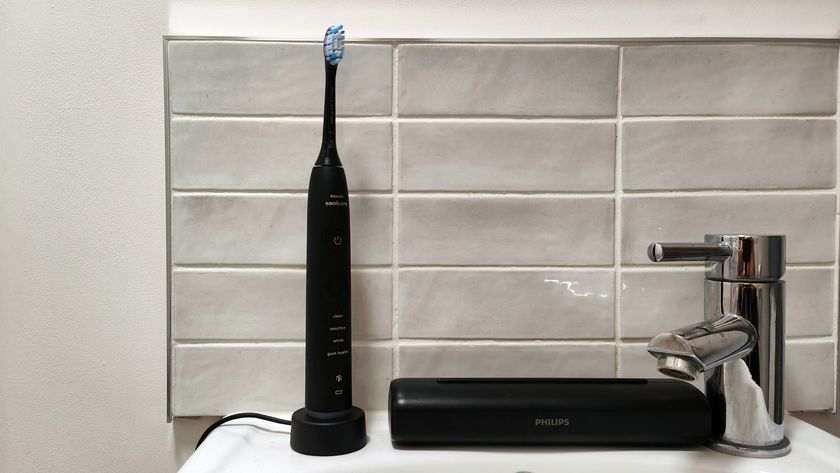
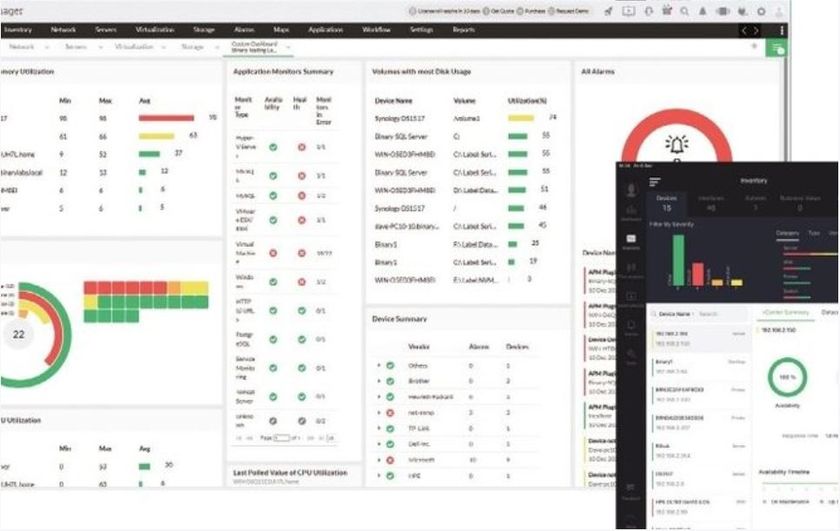
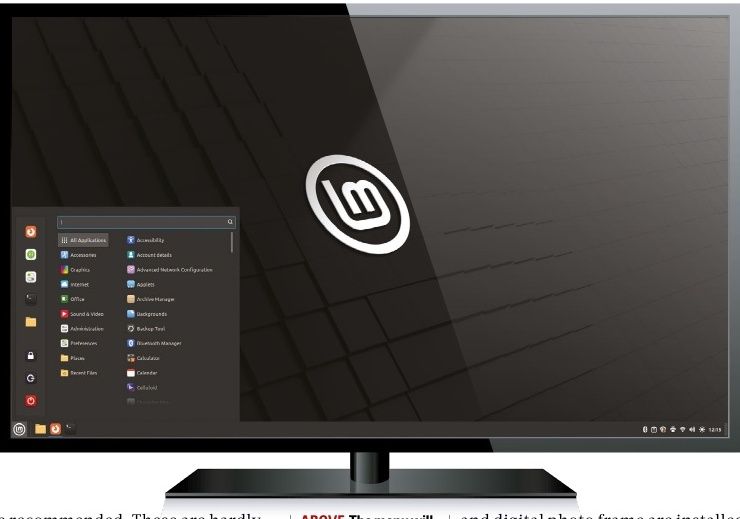

I asked Gemini to play a text-based adventure game with me and the AI whisked me away to a word-based fantasy
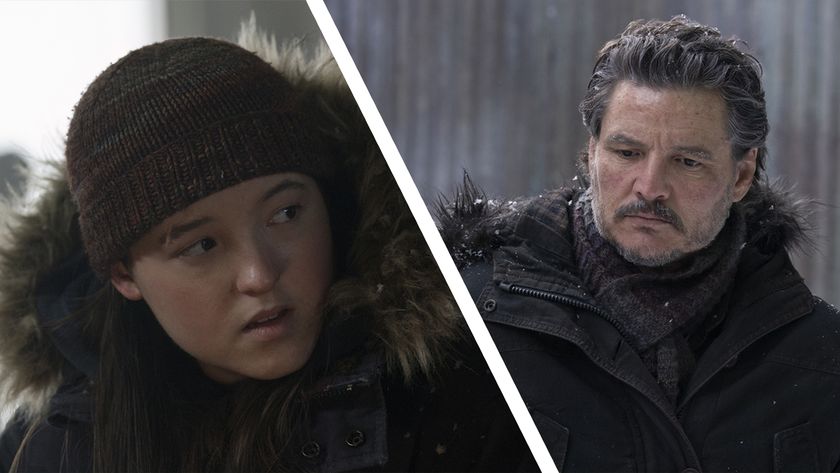
The Last of Us season 2's new trailer teases a huge showdown between Bella Ramsey's Ellie and Pedro Pascal's Joel, but the big moment I'm waiting for is still being held back
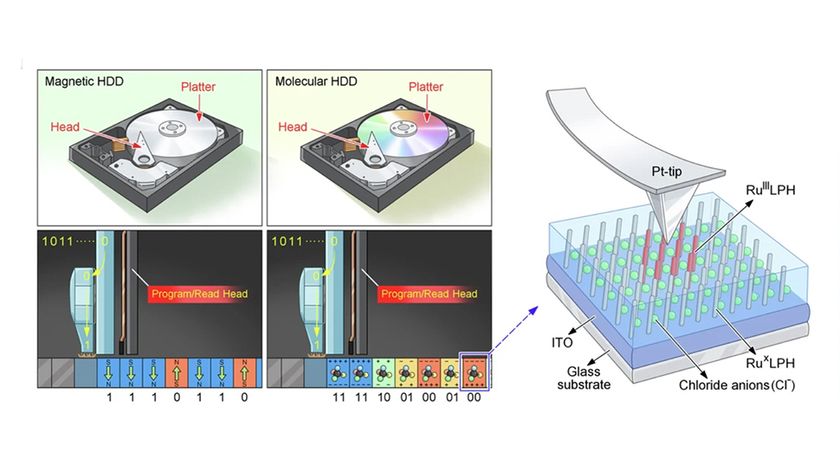
Chinese researchers are looking to create a revolutionary type of hard drive based on organic materials but huge unknowns remain
